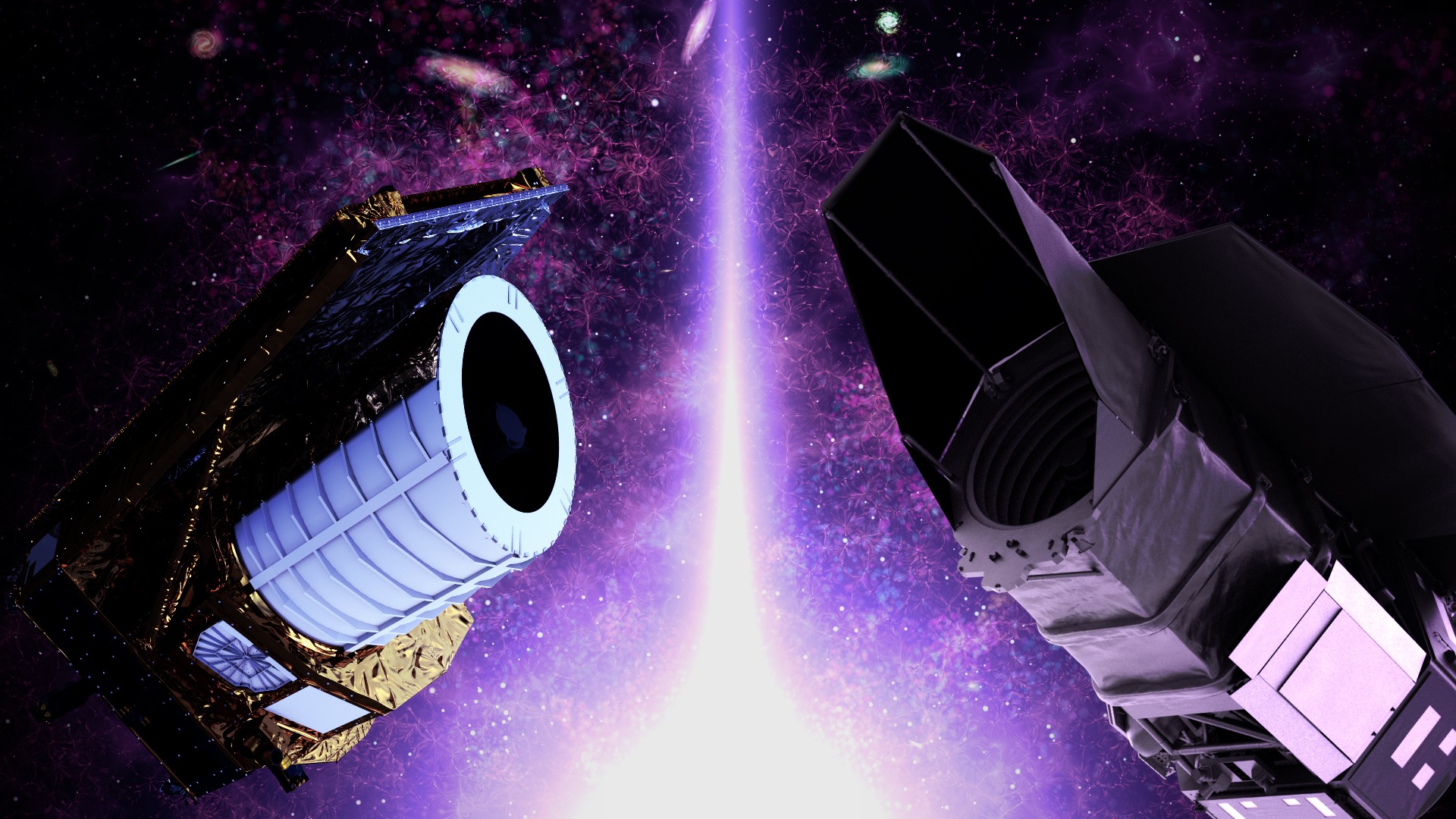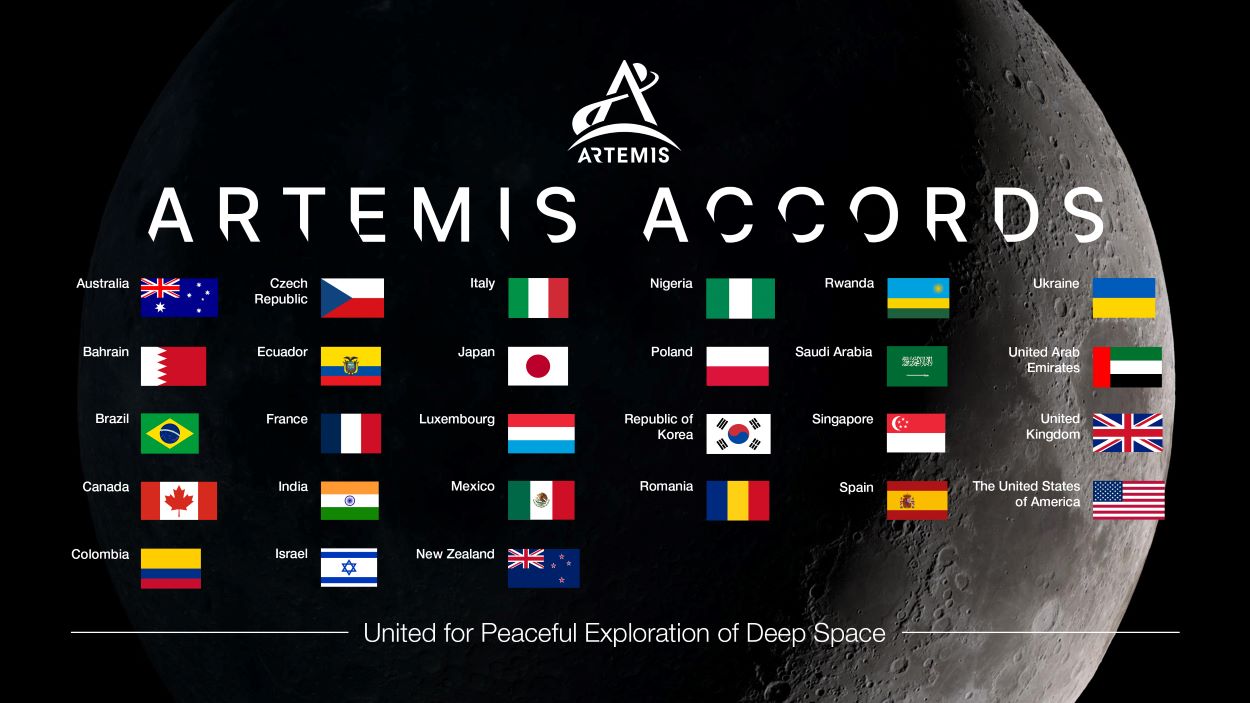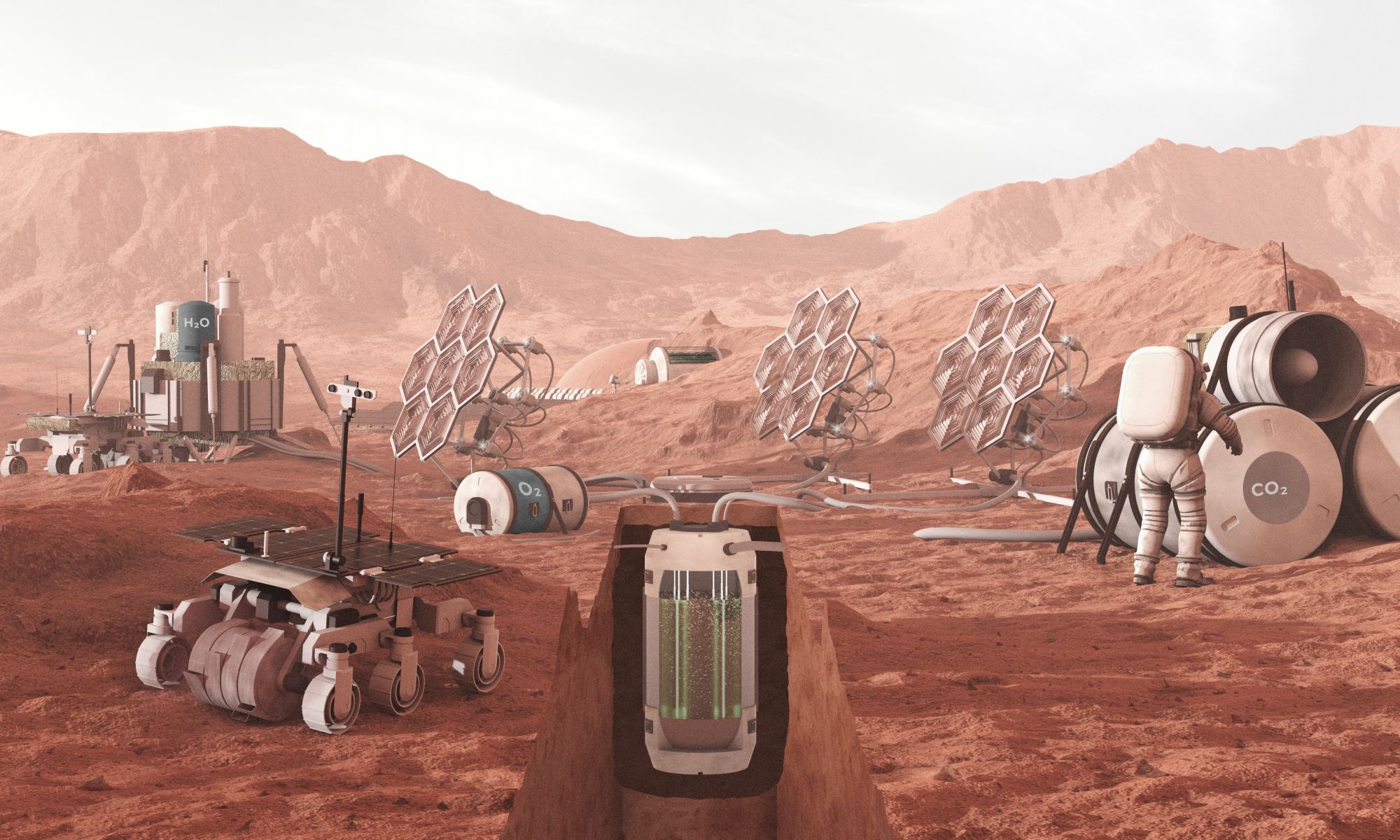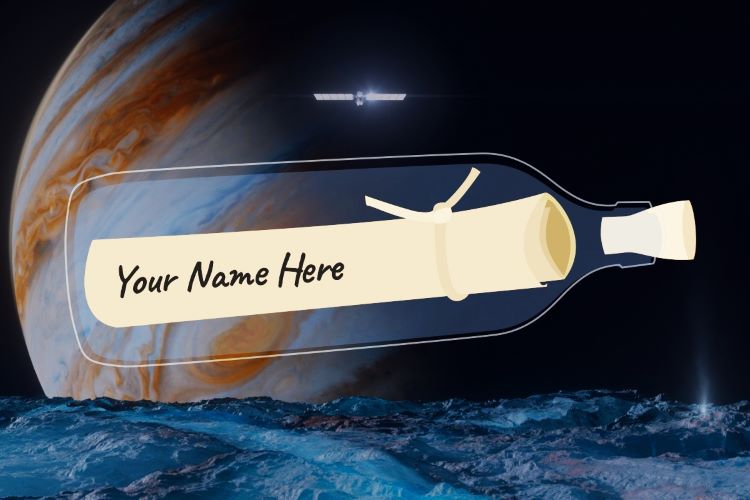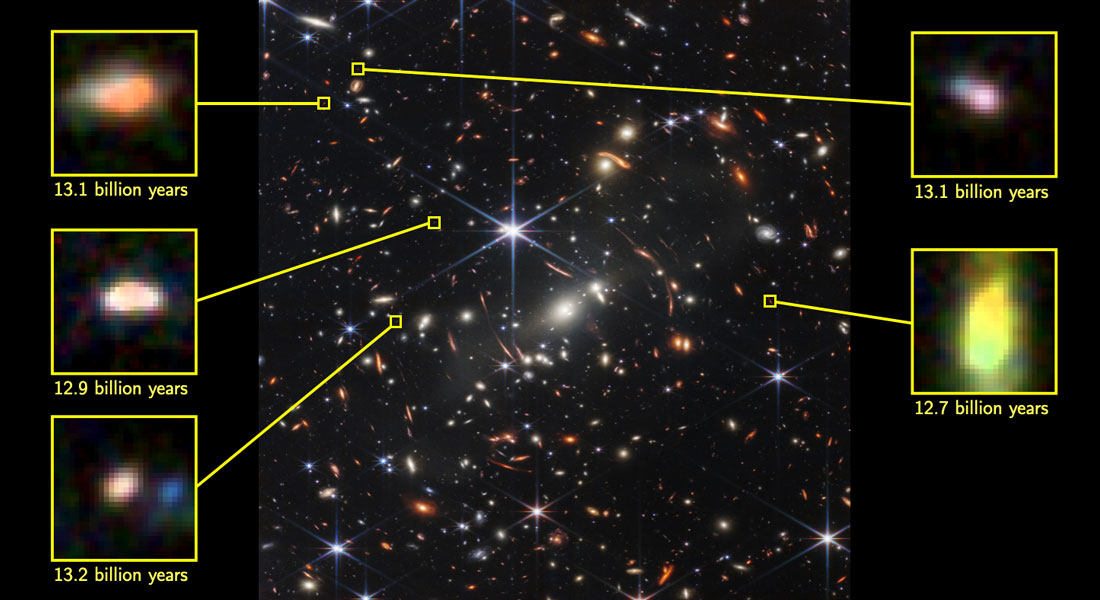Since the 1990s, thanks to observations by the venerable Hubble Space Telescope (HST), astronomers have contemplated the mystery of cosmic expansion. While scientists have known about this since the late-1920s and early-30s, images acquired by Hubble‘s Ultra Deep Fields campaign revealed that the expansion has been accelerating for the past six billion years! This led scientists to reconsider Einstein’s theory that there is an unknown force in the Universe that “holds back gravity,” which he named the Cosmological Constant. To astronomers and cosmologists today, this force is known as “Dark Energy.”
However, not everyone is sold on the idea of Dark Energy, and some believe that cosmic expansion could mean there is a flaw in our understanding of gravity. In the near future, scientists will benefit from next-generation space telescopes to provide fresh insight into this mysterious force. These include the ESA’s Euclid mission, scheduled for launch this July, and NASA’s Nancy Grace Roman Space Telescope (RST), the direct successor to Hubble that will launch in May 2027. Once operational, these space telescopes will investigate these competing theories to see which holds up.
Continue reading “Two New Space Telescopes Will Bring Dark Energy Into Focus”
